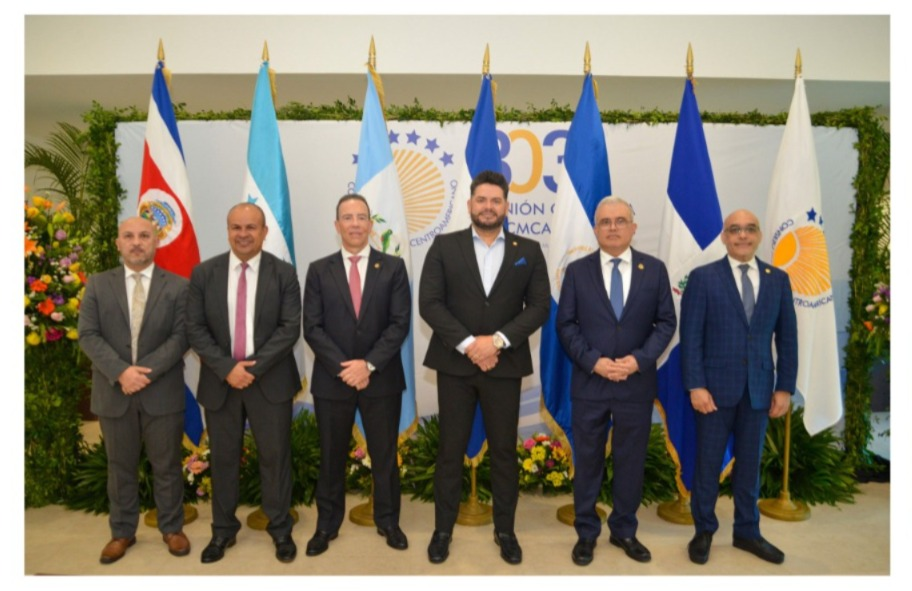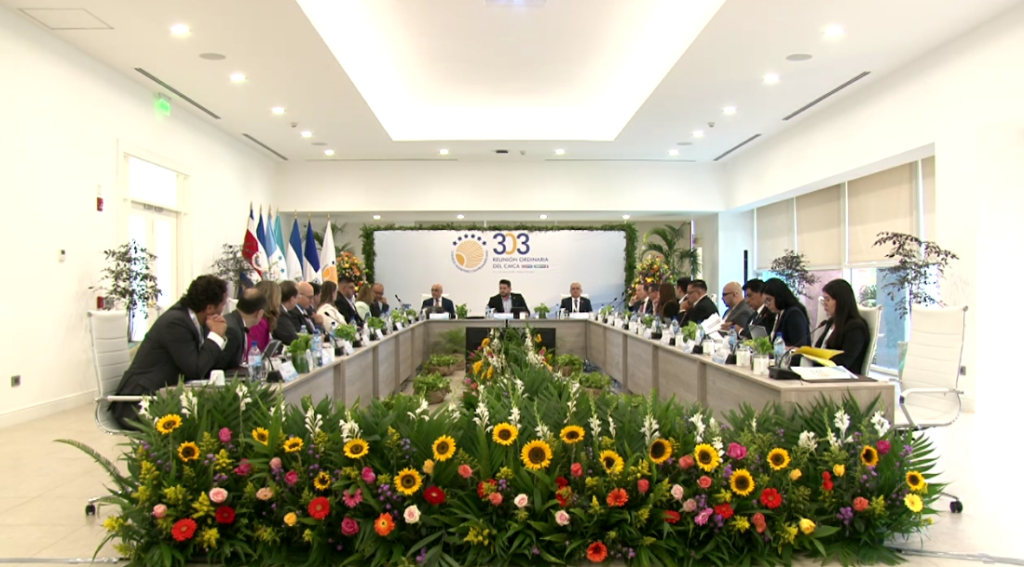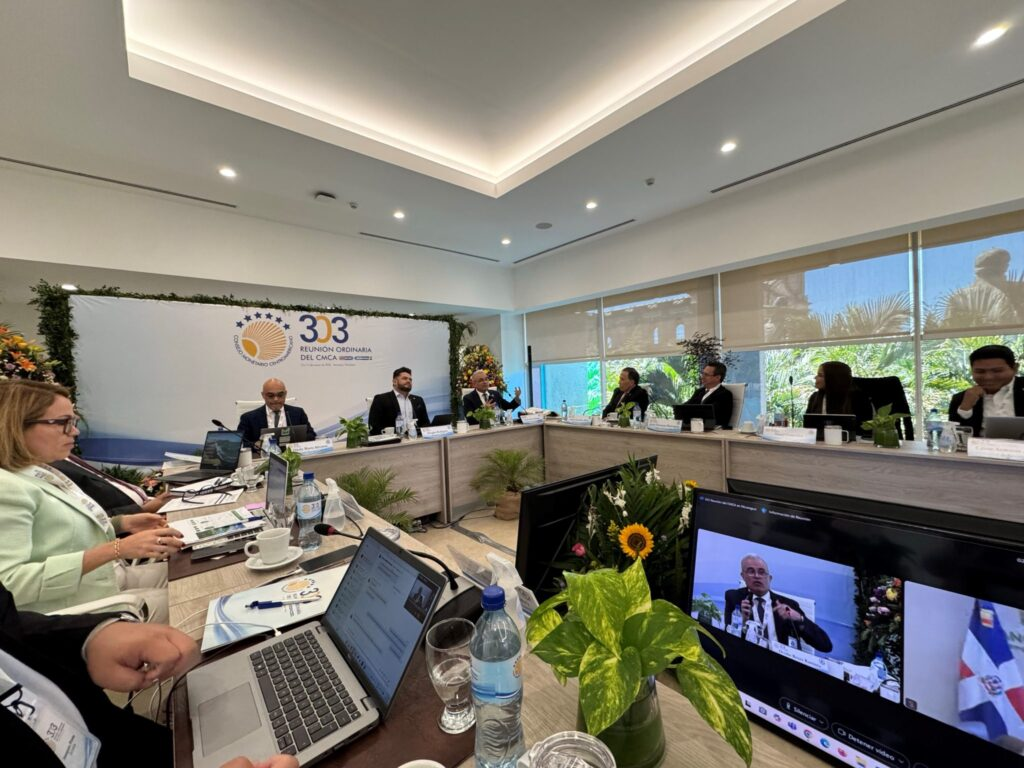The 303rd Meeting of the Consejo Monetario Centroamericano (CMCA), began in Managua, Nicaragua, with the participation of the highest authorities of the central banks of Central America and the Dominican Republic. Also attending are representatives of the Centro Regional de Asistencia Técnica del FMI (CAPTAC-DR), the Central American Economic Integration Secretariat (SIECA) and the Inter-American Development Bank (IDB).

Courtesy
The inaugural session featured speeches by Mr. Douglas Rodriguez, President of the Banco Central de Reserva of El Salvador and President of the CMCA, Mr. Ovidio Reyes, President of the Banco Central de Nicaragua, and Mr. Odalis F. Marte Alevante, Executive Secretary of the CMCA. During their speeches, they stressed the importance of the meeting to assess the regional macroeconomic situation, analyze the international environment and promote the exchange of effective economic policies.
In his opening remarks, the executive secretary of the FWCC said that Central America and the Dominican Republic are projecting economic growth of 3.6% in 2025, higher than the Latin American average of 2%. He also mentioned that inflation would remain within the established targets, with a regional projection of 2.4% by the end of the year.

During the meeting, the Director of CAPTAC-DR, Ari Aisen, gave a presentation entitled “Introduction to the Policy Analysis and Forecasting System of Central Banks in the region”, highlighting the importance of FPAS as a tool for assessing economic conditions and generating key macroeconomic forecasts. In addition, SIECA economist Eduardo Espinoza spoke about the challenges of Central American economic integration in the face of international trade fragmentation.
The CMCA Executive Secretariat reaffirmed its commitment to strengthening the regional integration process and generating opportunities for dialogue that contribute to the economic development of member countries. The results of this meeting are expected to serve as a basis for the formulation of monetary and economic policies in the region.








